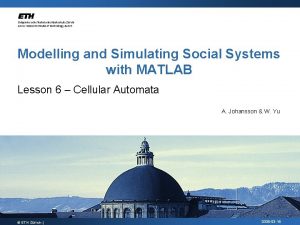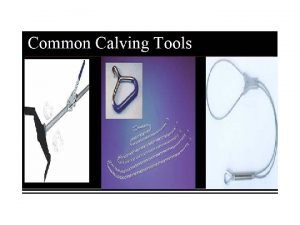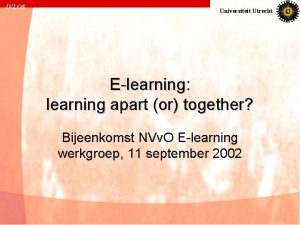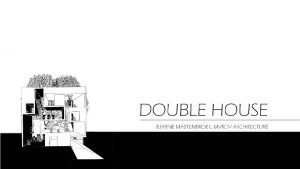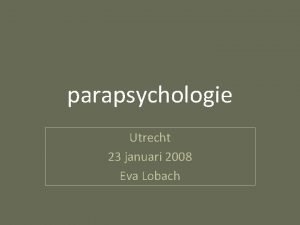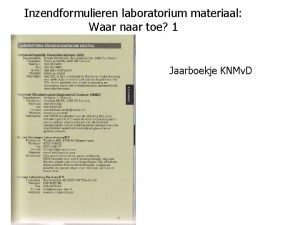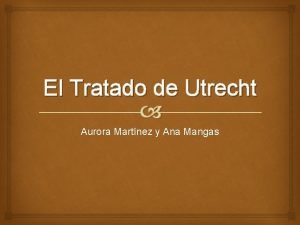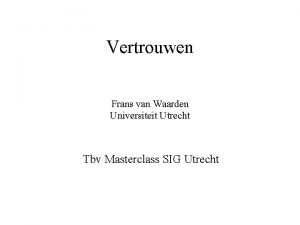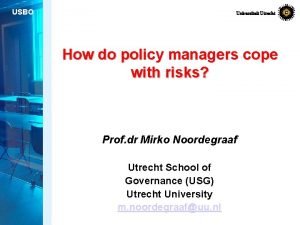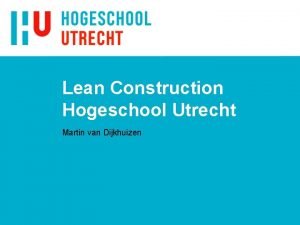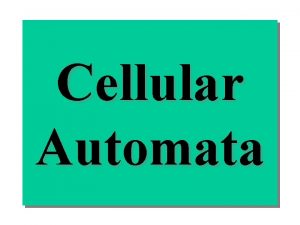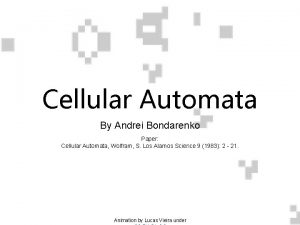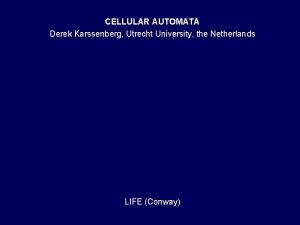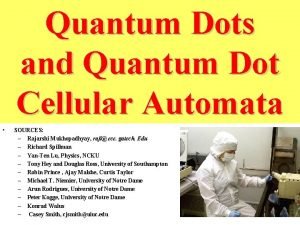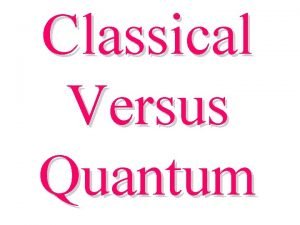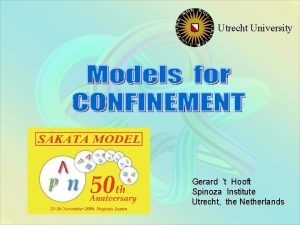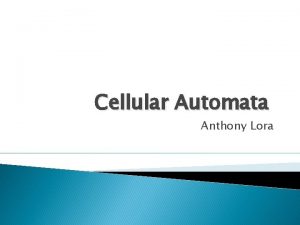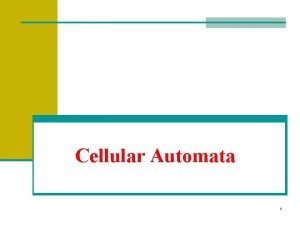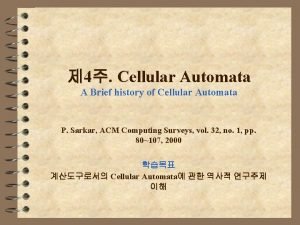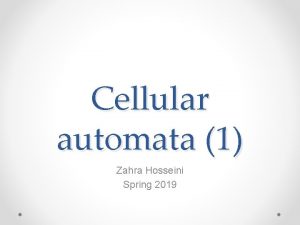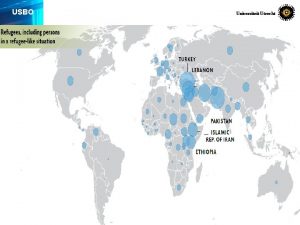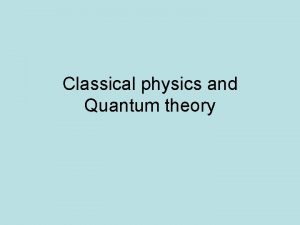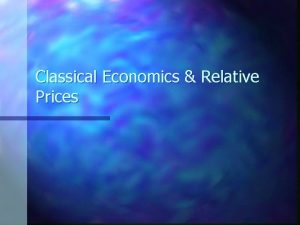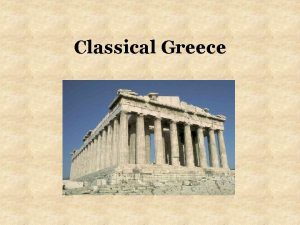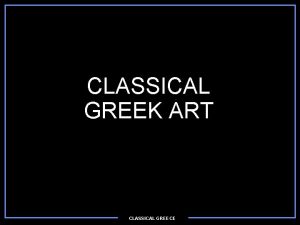Utrecht University Classical Cellular Automata and Quantum Field






















- Slides: 22

Utrecht University Classical Cellular Automata and Quantum Field Theory Gerard ’t Hooft Gell-Mann Colloquium Singapore, February 24, 2010


prototype: (any number of space dimensions) variables: The evolution law: Margolus rule

(when x + t is odd) Alternatingly, the sites at even t and the ones at odd t are updated:

A and B are operators. Write them as is the permutation operator for the variable F equal-time commutators:

Write: What is H ? Use Baker-Campbell-Hausdorff:


Faster convergence is reached if we limit ourselves to the conjugation class of H : Where F is chosen such that Write repeated commutators, for instance as: , to find

only if one may terminate appears to bethe a perfectly local, bounded BCH series quantum operator , similar to the Hamilton density operator of a QFT. But does the Baker-Campbell-Hausdorff expansion converge ? similarly: outside the “light cone”: information does not spread faster than velocity v =1=c stays as an operator, is (practically) bounded (from below and above), so H should have a lowest eigenstate. This is the vacuum state of the cellular automaton.

But does the Baker-Campbell-Hausdorff expansion converge ? One can argue that divergence occurs when two energy eigenvalues of H are considered that are apart. ? ” y g r ne e k c n a l P “

Qu: time translation invariance only strictly holds for time tranlations over integral multiples of Δt , the lattice time unit. Is conservation of energy violated by multiples of ? A 1: yes, if you introduce a classical perturbation: allow the cellular automaton to be perturbed: Then, acts with the beat of the lattice clock. It only respects energy conservation modulo.

A 2: no, if you expand the complete Hamiltonian H into a linearlized part and an interaction piece . The total energy, defined by is exactly conserved. Can one resum the BCH series ?


Converges only if at all t

This distinction may be of crucial importance for the following discussion:


α and β are entangled. P cannot depend on B , and Q cannot depend on A → Bell’s inequality → contradiction! t =0 And yet no useful signal can be sent from B to P or A to Q.

It is essential to realize that Bell’s inequalities refer to the states a system is in, whereas our “hidden variables” are a theory for their dynamics. We can always assume our system to be in a state violating Bell’s inequalities, and evolve it backwards in time, to conclude that the initial state must have been a thoroughly or rather, our entangled one. The Universe understanding of it, must have started out as a highly entangled state … But so what ?

Our world is not quantum mechanical, but only our perception of it …

G. ‘t H, ar. Xiv: 0909. 3426; P. Jizba, H. Kleinert, F. Scardigli, ar. Xiv: 012. 2253, And others …

The Cellular Automaton Prototype Its evolution operator Hamilton formalism Convergence problem QM and GR Conclusion

 Cellular automata matlab
Cellular automata matlab Origin of quantum mechanics
Origin of quantum mechanics Quantum physics vs mechanics
Quantum physics vs mechanics Gauss law in magnetism
Gauss law in magnetism Q factor of capacitor
Q factor of capacitor Database field types and field properties
Database field types and field properties Field dependent definition
Field dependent definition Magnetic field
Magnetic field Roosters mbo utrecht
Roosters mbo utrecht Fetatome
Fetatome Gza utrecht
Gza utrecht Ivlos utrecht
Ivlos utrecht Double house utrecht
Double house utrecht 3526 ks utrecht
3526 ks utrecht Webbouwer utrecht
Webbouwer utrecht Eva lobach
Eva lobach Vetmedlab
Vetmedlab Tratado de utrecht
Tratado de utrecht Bodemkaart utrecht
Bodemkaart utrecht Frans van waarden
Frans van waarden Usbo utrecht
Usbo utrecht Hogeschool utrecht bouwkunde
Hogeschool utrecht bouwkunde Holy trinity church utrecht
Holy trinity church utrecht
